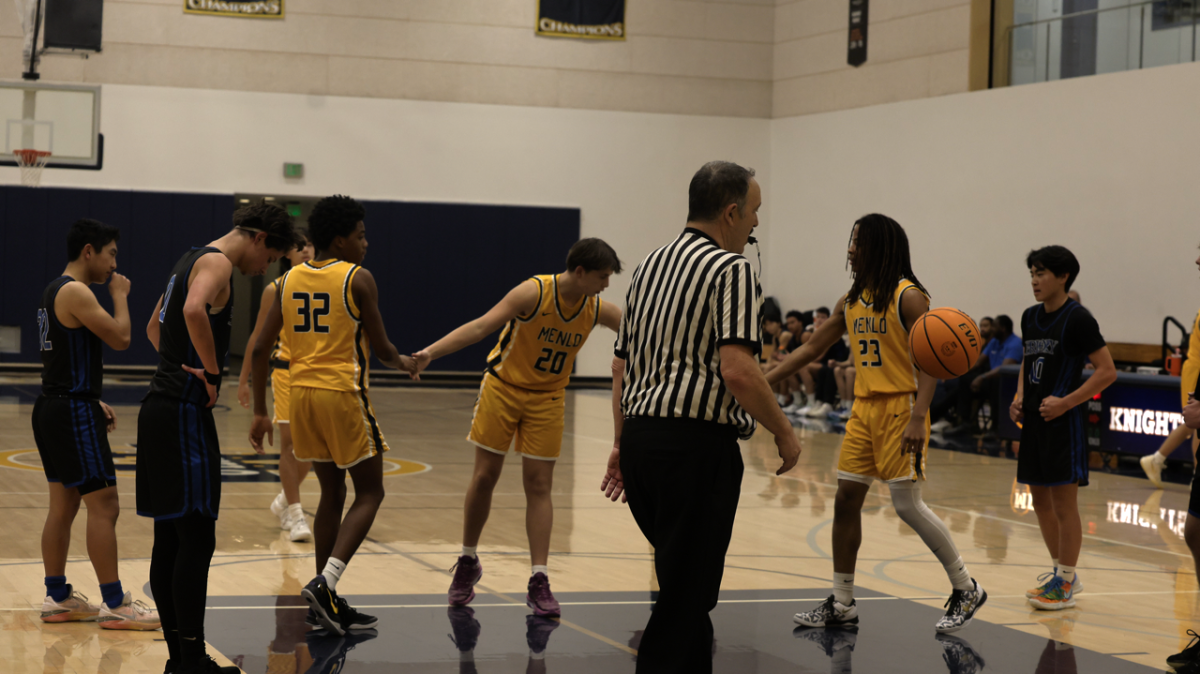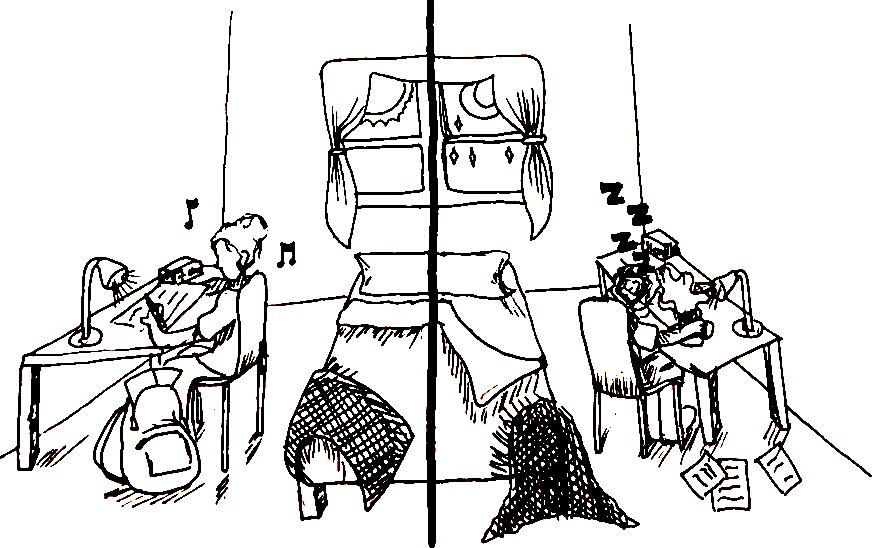Every Monday, I burst out of class at 11:55 a.m. sharp and rush to grab my lunch. Why the hurry, you might ask? Well, I’ve got a club to get to.
Menlo’s Board Game Club, which I co-lead, has garnered a grand total of six new members this year. And sometimes, only half of them show up for our weekly Monday meetings. I’m not mad about that, not at all — but when we’re prodded to schedule our meetings on Club Hub, or worse yet, take attendance of who shows up, I can’t help but grimace.
The monitoring of activities on Club Hub puts a burden on club leaders like myself, who run lower-commitment, smaller clubs for students who stop by when they need some fun but aren’t obligated to attend regularly. Club Hub forces club members and leaders of this status alike to do more than they feel is necessary to compete or compare with other clubs. As a result, the authentic club experience can be compromised.
When you think of a club, you think of community. Friends and classmates come together to share passions and ideas. But what happens when that community turns into something pressured? One thing that makes clubs, especially at Menlo, so special is their casual nature. By adding formalities such as taking club attendance or scheduling meetings even months in advance, it can feel constraining for leaders who feel like they must stick to their plans with no flexibility. If a club wants to function as just a casual group of people who partake in an activity they enjoy, it makes no sense that they are not given the freedom to run their clubs the way they want to.
Platforms like Club Hub do have their benefits, such as streamlining all club information. However, based on what I’ve seen, there isn’t a huge usage of Club Hub by club leaders, proving that clubs can function just as well when their casual nature is kept. Furthermore, while some may argue that the logistics of scheduling club meetings and taking attendance might help establish your club and give you a sense of officiality, many clubs — especially smaller ones with less commitment — may feel like this is too much to keep up with.
When clubs are forced to conform to these guidelines, it takes away from the organic function and intention of each club. What’s wrong with sending announcements and scheduling meetings through iMessage as long as the club welcomes new members? This top-down control and constant monitoring is contrary to the natural identity Menlo clubs have had in the past. The fact that our club activities are now monitored more closely can be intimidating — forcing clubs to act up to a certain standard, when really, these clubs are often supposed to be a place for students to relax and unwind in a stressful school environment. Feeling the pressure of constant supervision promotes the fear of doing something wrong. Instead of focusing on enjoying their interests and building connections, club leaders may start to feel as if they are just meeting standards or avoiding penalties.
And while it might not seem that big of a deal, as the proud leader of two micro clubs, I can attest that an increase in club leader responsibilities, even if minimal, is not what we want. Let clubs be casual; it’s for the better.









